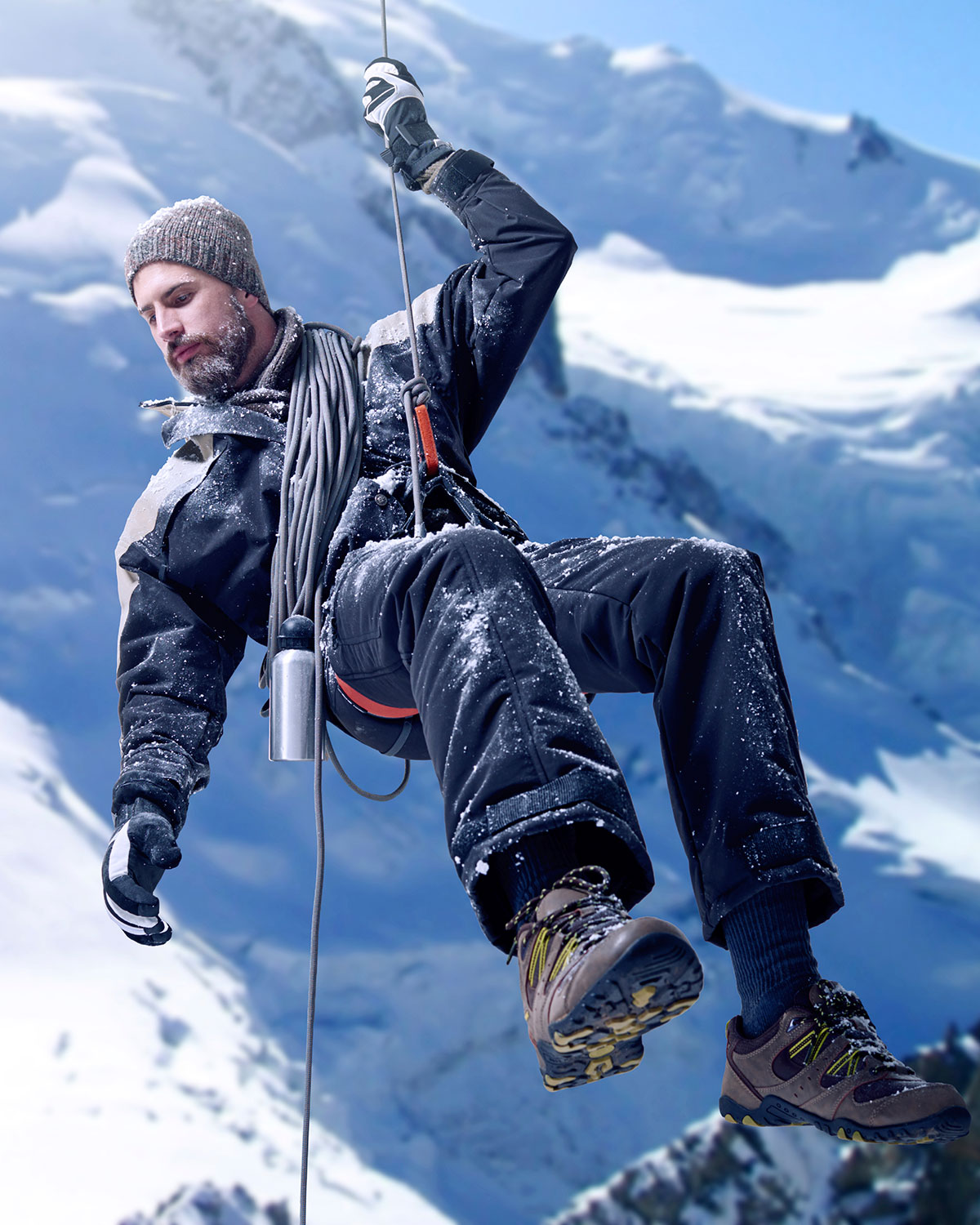Climbing is the activity of using one’s hands, feet, or any other part of the body to ascend a steep object. It is done recreationally, competitively, in trades that rely on it, and in emergency rescue and military operations. It is done indoors and out, on natural and manmade structures.
Bouldering is a form of rock climbing that is performed without the use of ropes or harnesses. While it can be done without any equipment whatsoever, most climbers use climbing shoes to help secure footholds, chalk to keep their hands dry, and bouldering mats to prevent injuries from falls. Unlike free solo climbing, which is also performed without ropes, bouldering problems (the path that a climber takes in order to complete the climb) are usually less than 6 meters (20 ft.) tall.
Artificial climbing walls allow boulderers to train indoors in areas without natural boulders. Bouldering competitions, which employ a variety of formats, take place in both indoor and outdoor settings.
The sport originated as a method of training for roped climbs and mountaineering. Bouldering enabled climbers to practice specific moves at a safe distance from the ground. Additionally, the sport served to build stamina and increase finger strength. Throughout the 1900s, bouldering evolved into a separate discipline. Individual problems are assigned ratings based on their difficulty.
There have been many different rating systems used throughout the history of the sport, but modern problems usually use either the V-scale or the Fontainebleauscale.
The growing popularity of the sport has caused several environmental concerns, including soil erosion and trampled vegetation as climbers hike off-trail to reach bouldering sites. This has caused some landowners to restrict access or prohibit bouldering altogether.




